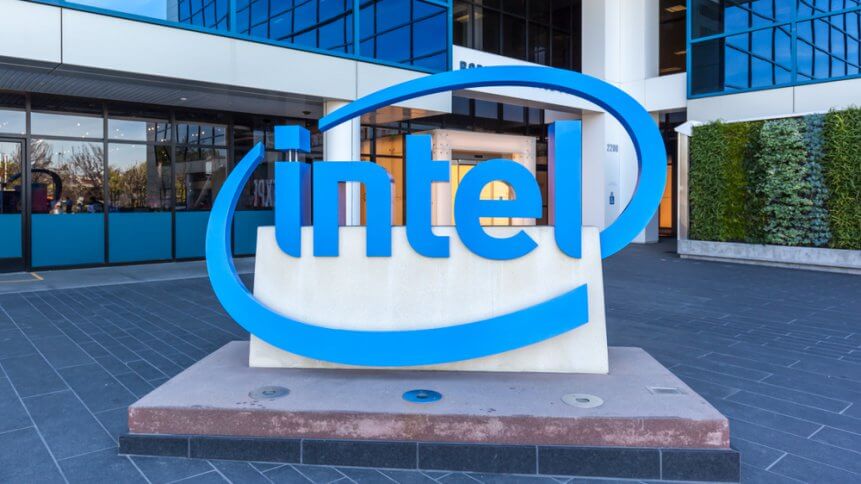Intel ups its ante in chip packaging technology to challenge TSMC

Since the return of Pat Gelsinger to Intel as CEO in early 2021, he has been on one mission: to transform the US’s biggest semiconductor company into a significant contract chipmaker. Even when manufacturing chips for outside customers — also known as the foundry business — was new territory for Intel, Gelsinger was set to catch up with the company’s competitors and lure clients across to its chip business.
The US chip giant even went as far as rolling out one of its most ambitious product roadmaps in years, with a wide range of new technologies that it contends will close the performance gap with other foundry rivals by 2024. Again, Gelsigner was set on pushing Intel to the front of the pack in state-of-the-art process technology by 2025.
That was two years ago. Today the company shows no signs of slowing down in its ambitions. In a virtual media briefing earlier this week, Intel presented its latest technology pipeline and sales strategy, signaling that it is upping the ante in its battle against the biggest chipmaker in the world, Taiwan Semiconductor Manufacturing (TSMC), to win more chip manufacturing business.
TSMC currently controls more than half of the market. Intel wants to challenge that status — at least on a technological level. Hence its ambitions in the chip packaging services market. During the virtual briefing, Intel’s Foundry Advanced Packaging’s senior director Mark Gardner explained how his company’s Foundry Services offers a compelling proposition for its customers.
According to Gardner, the most significant selling point for Intel is the chip giant’s more geographically secure supply chain. “We have chipmaking factories and chip assembly/testing/packaging sites placed in different places worldwide, including the US,” he said.
Gardner even shared the chipmaker’s plan to put more of its new assembly and advanced packaging services in New Mexico. In comparison, most of TSMC’s chip-making facilities are in Taiwan, though the company does have some facilities and offices in the US, Europe and elsewhere in Asia.
“Our first key solution as an Intel Foundry Services group is the open system foundry, which means letting customers pick and choose services. The foundation of it is really about secure supply—both from a geodiversity and Western R&D [basis],” he added.
Garner even shared that Intel plans to transition to glass substrate materials, which are stiffer than the current technology and could enable better chip features. As for the packaging technology, co-packaged optics, it is expected to go into production at the end of next year and offers higher bandwidth connections to chips.
Overall, the briefing reflected Intel executives’ optimism about the company’s future chip packaging technologies roadmap, enabling incoming chips to perform better at a lower cost. Gardner, even Intel Foundry Services, is willing to let customers use a subset of their services—even if it means they use other foundries for chipmaking and just use Intel for testing or assembly.
It will be challenging for Intel to penetrate and increase its share of the market. TrendForce data shows that TSMC has about 59% market share of the third-party chip manufacturing business, followed by Samsung at 16%. Intel’s share is minimal as it only recently started ramping up its foundry services to external customers.
Intel had for years focused on making chips for its own use, so the venture into the foundry business marked a significant strategy shift for the company. Yet, Intel seemed unperturbed by the competition within the space, being more focused on restoring its lead in the process race. So far, Intel has attracted Qualcomm and cloud service provider AWS, its first major customers, to use its production platforms.










